Table of Contents
Adverbs are important words that tell us more about how, when, where, or how often something happens. They make sentences more interesting and meaningful. The position of an adverb can change what the sentence means or which part of it gets more attention. Learning where to place adverbs will help you write and speak English more clearly.
Example:
- He quietly opened the door. (focus on the way he opened it)
- Quietly, he opened the door. (focus on the mood of the sentence)
Both sentences are correct, but the meaning and feeling change slightly depending on where the adverb is placed.
What Are Adverbs
An adverb gives more information about a verb, an adjective, or another adverb. It answers questions such as how, when, where, and how often.
Examples:
- She runs fast. (how)
- He will come tomorrow. (when)
- They looked everywhere. (where)
- I always eat breakfast. (how often)
Main Places for Adverbs in a Sentence
Adverbs can appear in three main positions in English sentences:
- Front position – before the subject.
- Middle position – before the main verb or after the verb be.
- End position – after the verb or after the object.
Each position has its own purpose and effect.
Front Position
Adverbs at the beginning of a sentence often show time, frequency, or attitude. They set the scene or mood for the sentence.
- Yesterday, we went to the zoo.
- Usually, I walk to school.
- Suddenly, the lights went out.
Tip: Use a comma after an adverb at the start of a sentence.
Middle Position
Adverbs placed before the main verb or after be are common when talking about how often or how certainly something happens.
- He always arrives early.
- She is often late.
- You can probably finish it today.
With helping verbs (like will, can, have), the adverb goes after the helper but before the main verb.
- He will definitely call you.
- They have never missed a class.
End Position
Adverbs placed at the end describe how, when, or where something happens. This is the most natural position in speaking.
- She spoke softly.
- We will meet at school tomorrow.
- They danced happily.
Adverbs of Frequency
Words like always, usually, often, sometimes, rarely, and never follow special rules:
- Before the main verb: I often read at night.
- After be: She is always kind.
- After helping verbs: They have never been late.
❌ He goes always to school.
✅ He always goes to school.
Adverb Placement and Verb Type
- With intransitive verbs (no object): the adverb goes after the verb.
She sleeps deeply. - With transitive verbs (with an object): the adverb can go before or after the object.
He quickly closed the door.
He closed the door quickly.
Both are correct, but the second sounds more natural in everyday English.
Adverb Placement for Emphasis
Sometimes adverbs go at the end to give stronger focus or emotion.
- She explained the idea clearly.
- He answered the question confidently.
- They finished the project successfully.
Placing the adverb at the end gives importance to how something was done.
Common Mistakes
- ❌ He goes always to school.
✅ He always goes to school. - ❌ He has been always kind.
✅ He has always been kind. - ❌ She quickly and loudly and nervously spoke.
✅ She spoke quickly and nervously.
How Adverb Position Changes Meaning
Changing the position of an adverb can change what the sentence means.
- Only John said he liked it. (no one else said it)
- John only said he liked it. (he said it but didn’t show it)
- John said he only liked it. (he didn’t love it, just liked it)
This shows why placement matters — it helps control meaning and emphasis.
Summary
Adverbs can appear at the beginning, middle, or end of a sentence.
- Front position introduces time or mood.
- Middle position often shows frequency or certainty.
- End position describes how, when, or where something happens.
Understanding adverb placement helps students write sentences that are not only grammatically correct but also clear, expressive, and natural.
You May Also Like

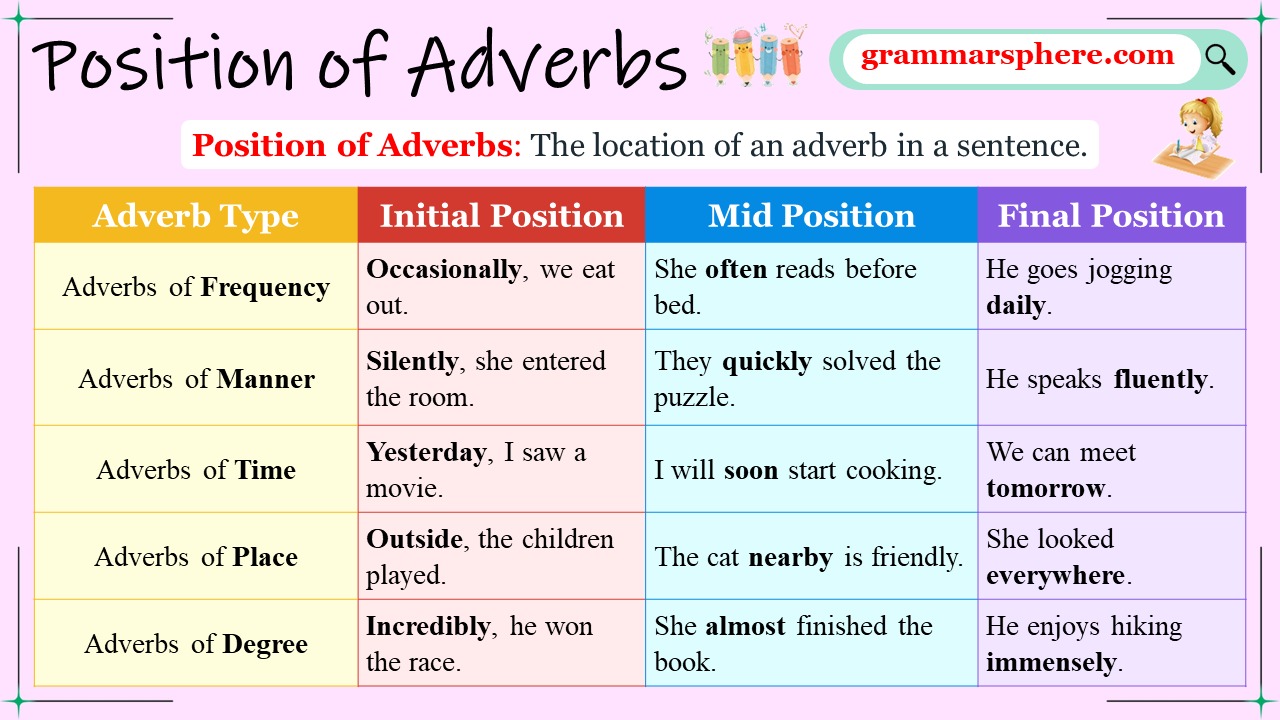
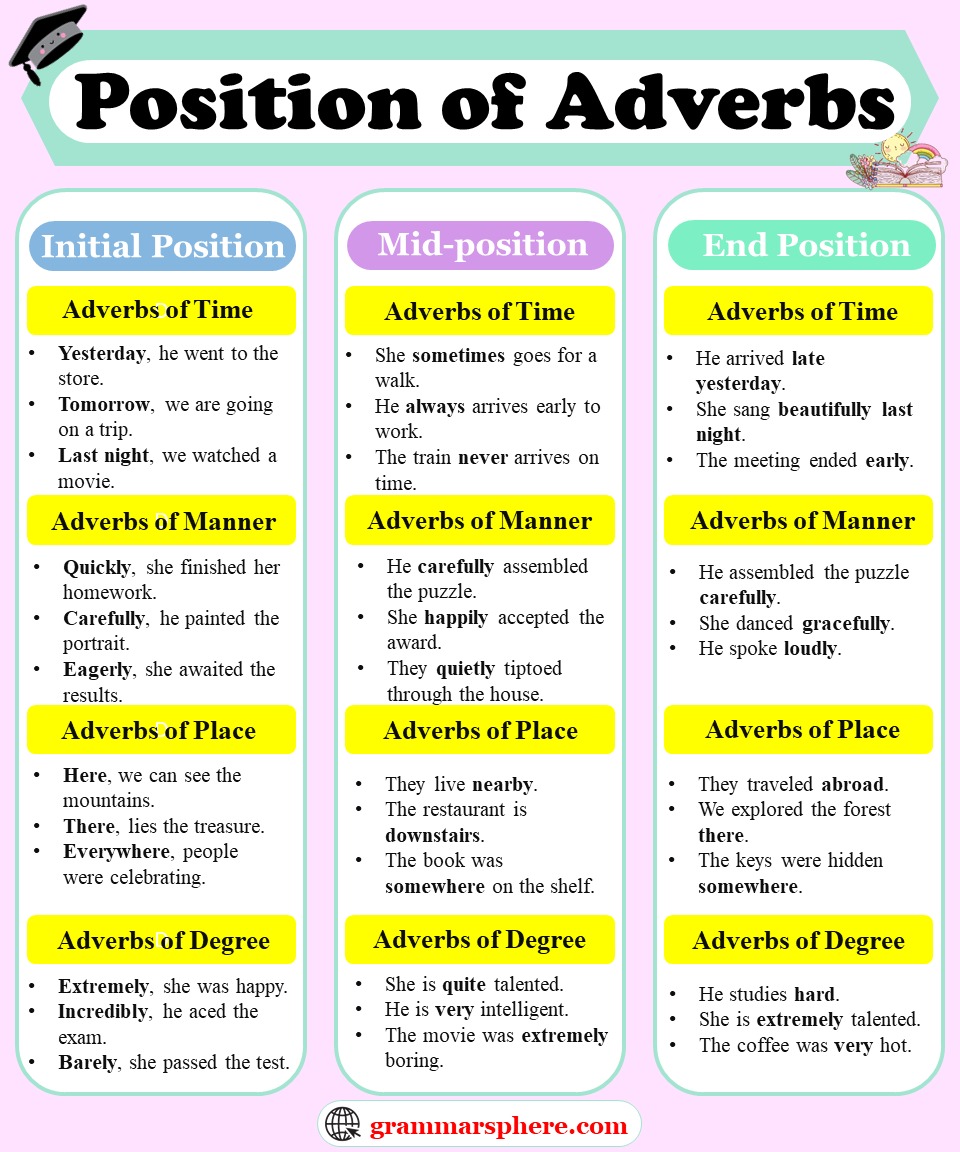
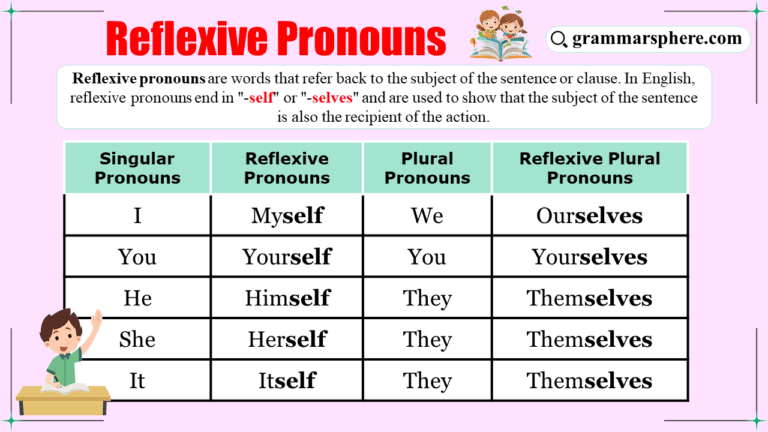
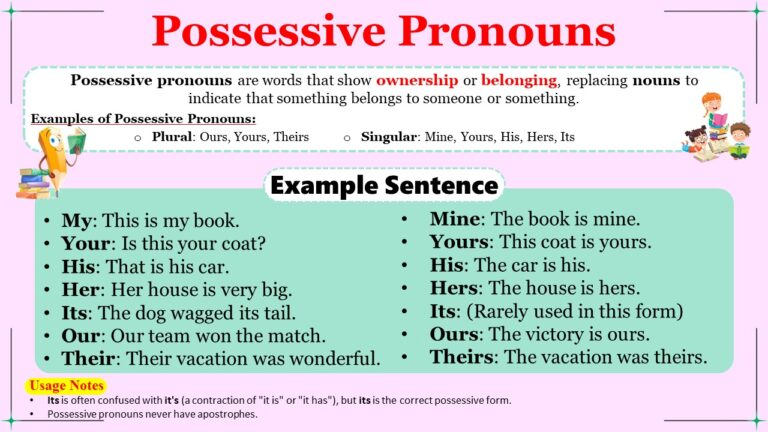
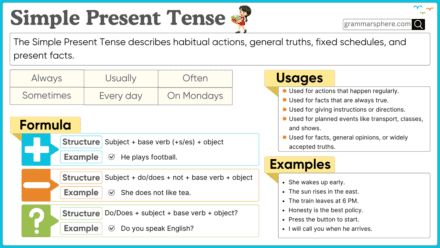
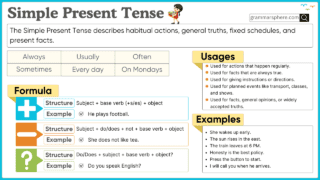
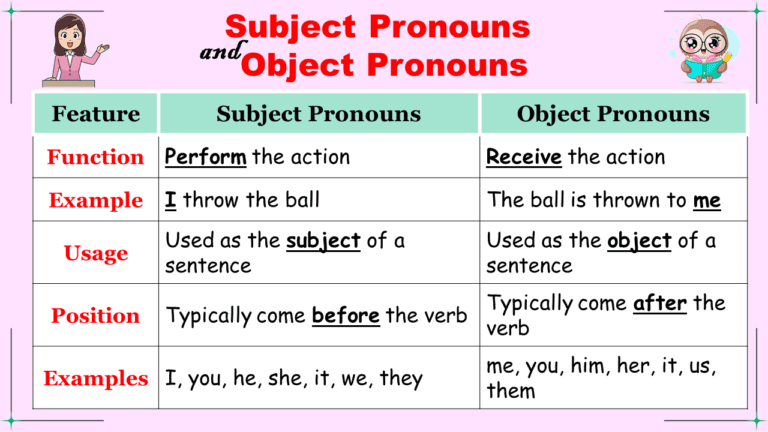
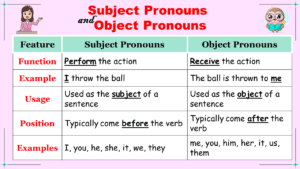
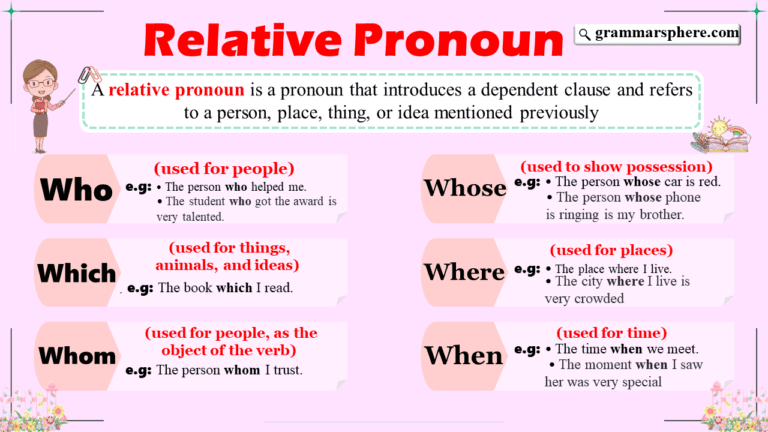
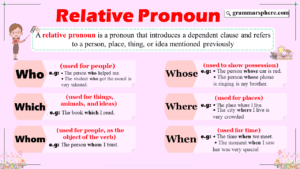
Leave a Comment